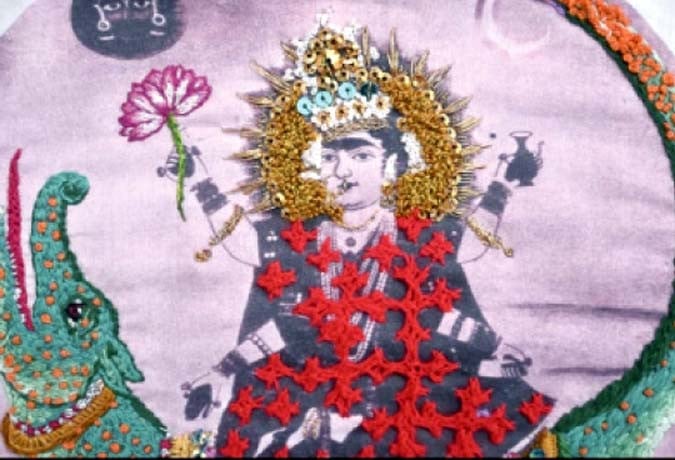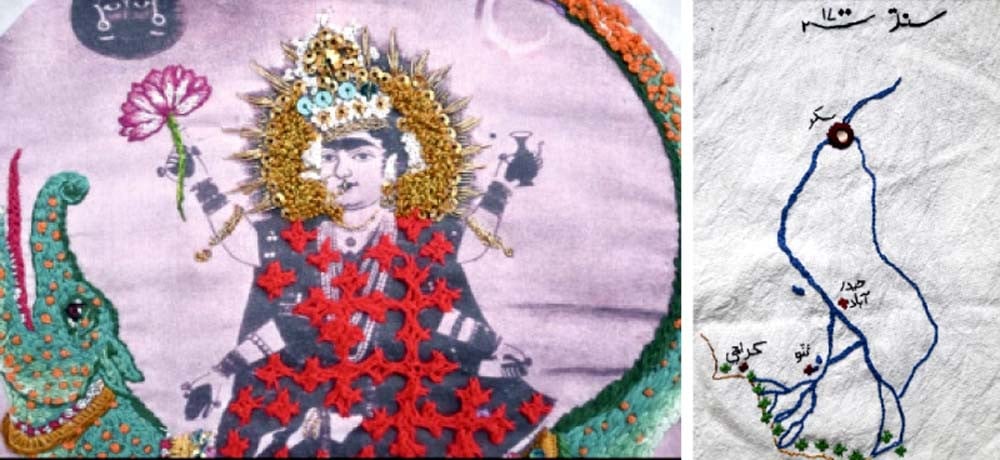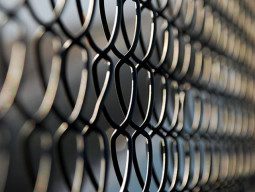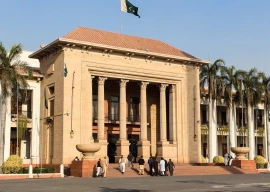
The Satrang Gallery organised a solo exhibition titled ‘Bera Paar’ by Zulfikar Ali Bhutto, an artist and curator whose work resurrects complex histories in the South Asian, South West Asian and North African region.
In the process, he unpacks the intersections of religion, storytelling, futurity and environmental degradation through a multi-media practice rooted in printmaking, textile and performance.
Zulfikar's focus is on a particular stretch of the River Indus in Sukkur, a particularly mystical area with significant shrines and temples. This series of works brings together the nuanced historical and cultural richness of Sindh.
Talking to The Express Tribune, the grandson of the former prime minister of Pakistan, Zulfikar Ali Bhutto said, “I am very much into art and I wish to earn a name in the field. I am highly impressed with the culture of Sindh and have put my heart and soul into my artworks,” This is his first exhibition in Islamabad and he wishes people appreciate his work.
Director Satrang Art Gallery Asma Rashid Khan said, "Bera Paar is Zulfikar's very first exhibition in Islamabad and the series of multimedia works in the exhibition are a result of the artist's long term research project 'Bulhan Nameh'."
 Zulfikar is currently based in Karachi, Pakistan and received an MAH in History of Art from the University of Edinburgh in 2014 and an MFA from the San Francisco Art Institute in 2016.
Zulfikar is currently based in Karachi, Pakistan and received an MAH in History of Art from the University of Edinburgh in 2014 and an MFA from the San Francisco Art Institute in 2016.
"Bulhan Nameh is a long term research-based project that looks at a selection of sites on the River Indus between Sukkur and Rohri in Sindh, Pakistan,” explained the artist. “Taking its name for the Sindhi word for the Indus River Dolphin, bulhan, this series intends to look at this 10km long stretch of river punctuated at one end by the British era Sukkur Barrage and at the other by the island shrine of Khwaja Khizr, known locally to Hindus and Muslims as Zinda Pir.”
He further said that Nameh is a Farsi, Urdu and Sindhi word for diary, adding that this particular diary is written through printmaking and textile.
Cyanotypes, analogue photographs and archive are paired with traditional Sindhi embroidery as a way to root this project within its current cultural landscape, as well as with memory, nostalgia and a sense of loss.
“Sukkur is the last place where the river is still full, much like she was before the dams and barrages. It is the last refuge of the Indus River Dolphin,” said Zulfikar.
“In my research, I do not intend to expose all elements of the river at this location, but instead I hope to re-mystify the Indus and in so doing allow us to re-imagine her as a living and ever-changing entity rather than just an exploitable resource,” concluded the artist.
Zulfikar has shown work and curated exhibitions globally, as well as spoken extensively on the intersections of faith, radical thought and futurity at Columbia University, UC Berkeley, NYU, Stanford and the Indus Valley School of Art and Architecture.
Published in The Express Tribune, February 20th, 2022.




1721805490-0/BeFunky-collage-(14)1721805490-0-165x106.webp)



















COMMENTS
Comments are moderated and generally will be posted if they are on-topic and not abusive.
For more information, please see our Comments FAQ